Traveling by air comes with its own set of rules, especially when it comes to security. While some travelers breeze through checkpoints, others get held up due to simple mistakes. Understanding airport security procedures is essential for a smooth journey. Here is what you need to know before heading to the airport.
Understand TSA Rules and Global Variations
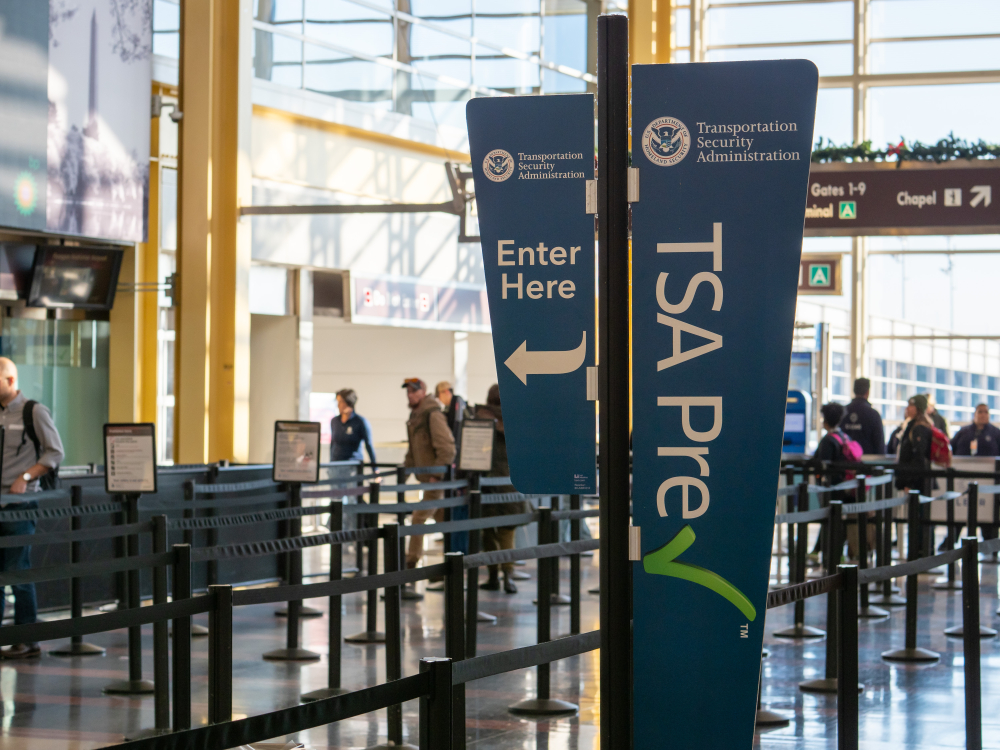
The Transportation Security Administration, or TSA, sets guidelines for flights within and from the United States. Other countries have their own airport security authorities. While many rules are similar, small variations can cause confusion. For example, European airports might allow slightly different liquid amounts or electronics policies compared to the U.S. Always check with the local airport authority if flying internationally. Rules are regularly updated, so what was allowed last year might be banned today. Knowing the basics is good, but double-checking before every flight is even better.
Liquids, Gels, and Aerosols Have Limits
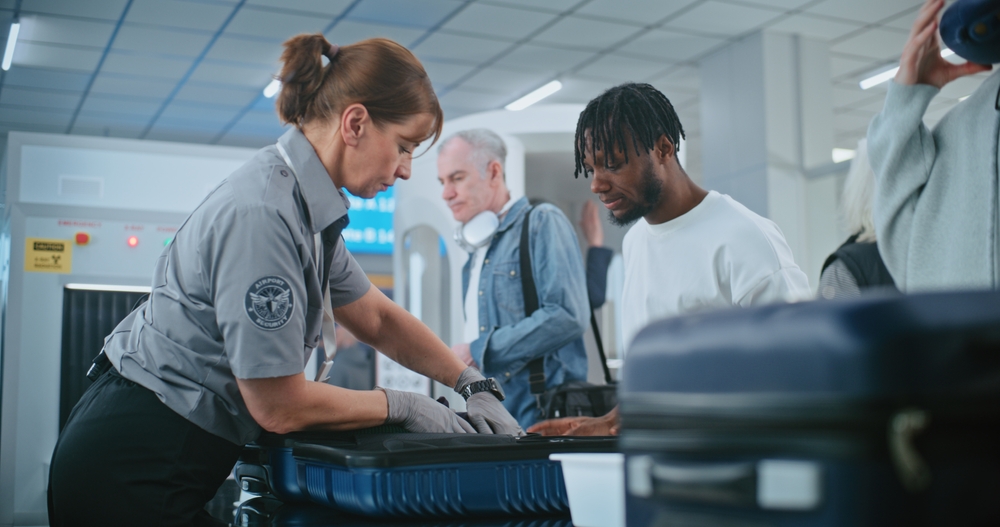
One of the most well-known air travel rules involves liquids. You are allowed to carry liquids, gels, and aerosols in containers of 3.4 ounces or 100 milliliters or less. These must be placed in a single, quart-sized, clear plastic bag. This is often referred to as the 3-1-1 rule. It helps reduce the risk of carrying dangerous substances onboard. Larger liquid containers must be checked. Medications and baby formula are allowed in larger quantities but must be declared at security. Not following this rule is one of the most common reasons travelers are delayed at checkpoints.
Know What Goes in the Bins

When passing through the X-ray scanner, you will be asked to place your carry-on items in a plastic bin. Some items must be taken out. Laptops, tablets, and other large electronics must be placed separately unless you are using TSA PreCheck. Shoes, belts with metal buckles, and jackets typically need to come off. Coins, phones, and keys should be emptied from your pockets. Failure to do this quickly can cause backups and attract additional screening. Learning what needs to be removed ahead of time helps speed things up.
Sharp Items Are Not Allowed
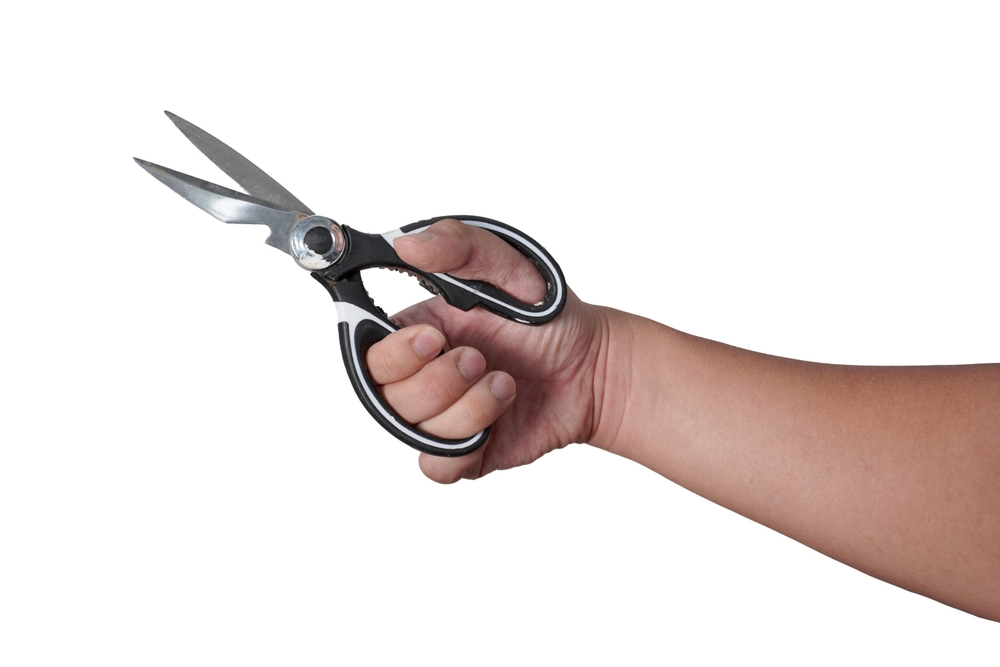
Any item that could be used as a weapon is banned from carry-ons. This includes knives, box cutters, scissors with blades longer than four inches, and certain sporting equipment. Items like nail clippers and small tweezers are allowed, but anything larger should go in checked luggage. Even a souvenir letter opener can cause trouble at the gate. If in doubt, do not bring it or check it instead. Some items are allowed based on discretion, so the final decision rests with the security agent.
Be Smart About Your Shoes

Footwear can either delay or ease your screening. Slip-on shoes are the fastest option, especially when you need to remove them quickly. Many airports require shoes to be taken off unless you are under 12, over 75, or part of TSA PreCheck. Avoid boots with lots of laces or heavy soles filled with metal parts, which can trigger alarms. Sandals, slides, or lightweight sneakers can make the process easier and more hygienic when walking on bare floors.
Consider TSA PreCheck or Global Entry

If you travel often, signing up for a trusted traveler program can save you time. TSA PreCheck allows you to keep your shoes, belt, and light jacket on. You also do not need to remove electronics or liquids from your bag. Global Entry offers these benefits along with faster U.S. customs screening. Both require a background check, application, and in-person interview. Once approved, they last for five years. While there is a fee, many travelers find it worth the cost.
Dress for Easy Screening

What you wear to the airport can affect your time in line. Avoid wearing clothing with lots of metal, such as jewelry, zippers, or chains. Underwire bras and steel-toed boots can sometimes set off scanners. Skip excessive accessories and opt for a comfortable, low-hassle outfit. Empty your pockets before reaching the scanner. Store metal items in your carry-on until after security. The less you wear that can trigger alerts, the faster you will move through.
Watch What You Pack in Carry-On Bags
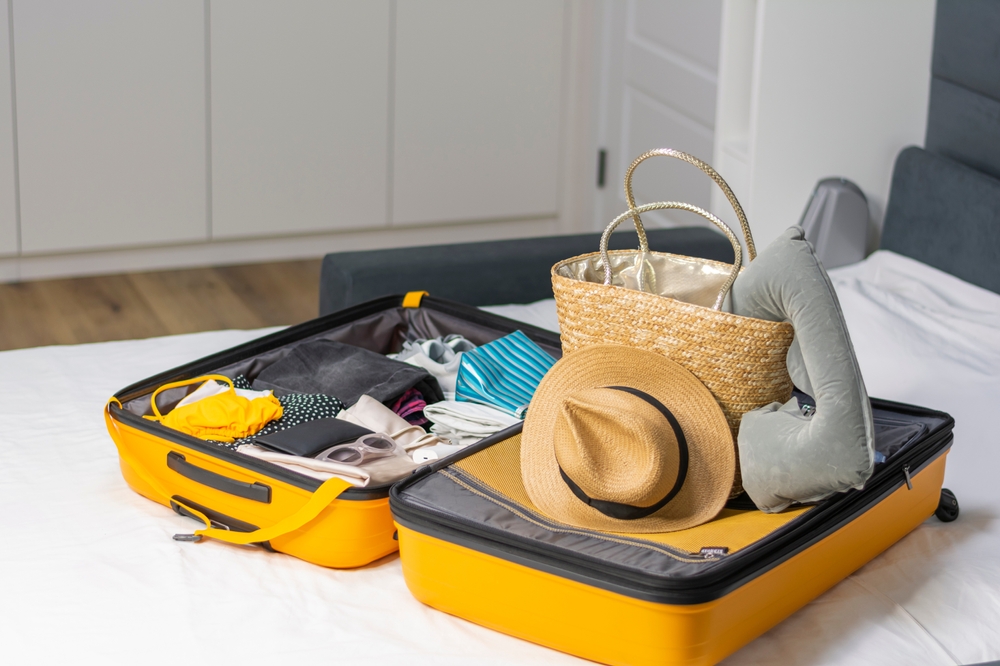
Items allowed in checked luggage are not always allowed in carry-ons. For example, large sports equipment, tools, and some types of batteries may be restricted. Lithium-ion batteries must be packed in carry-ons and never in checked bags. Avoid packing food that resembles liquids like yogurt or soup. Some airports require powders over 12 ounces to be declared. Reading up on the latest packing rules can prevent your bag from being pulled aside.
Prepare Your Documents
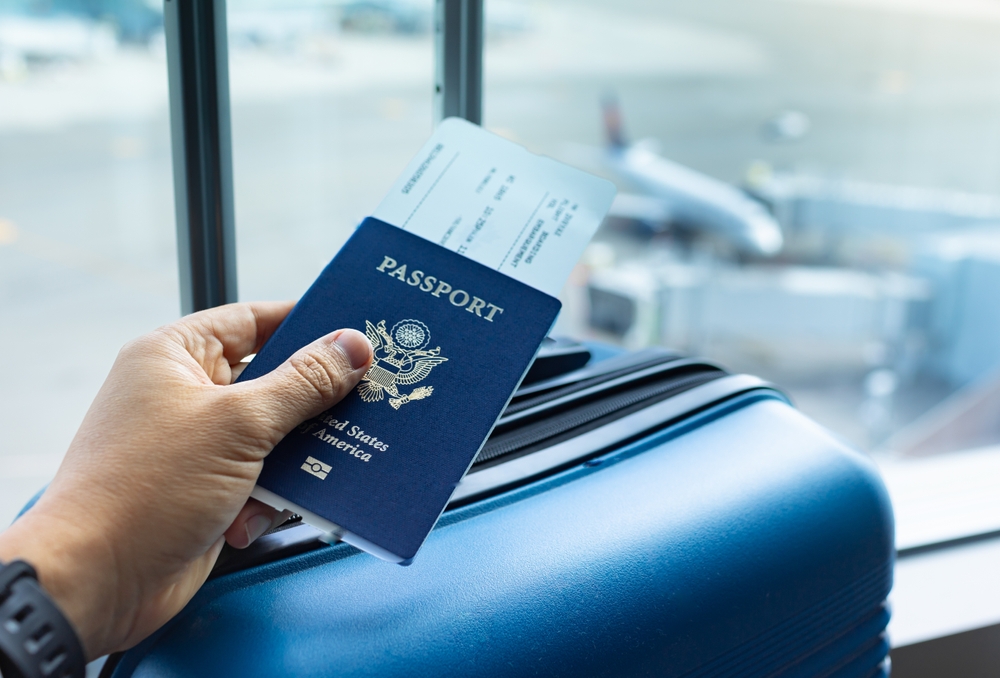
Having your ID and boarding pass ready is crucial at the start of the screening process. In the United States, the TSA accepts driver’s licenses, passports, military IDs, and a few others. Starting in May 2025, U.S. travelers will need a REAL ID for domestic flights unless they use a passport. For international flights, you must present a valid passport. Some countries may also require a visa. Check these requirements early to avoid travel disruptions.
Allow Extra Time During Busy Seasons
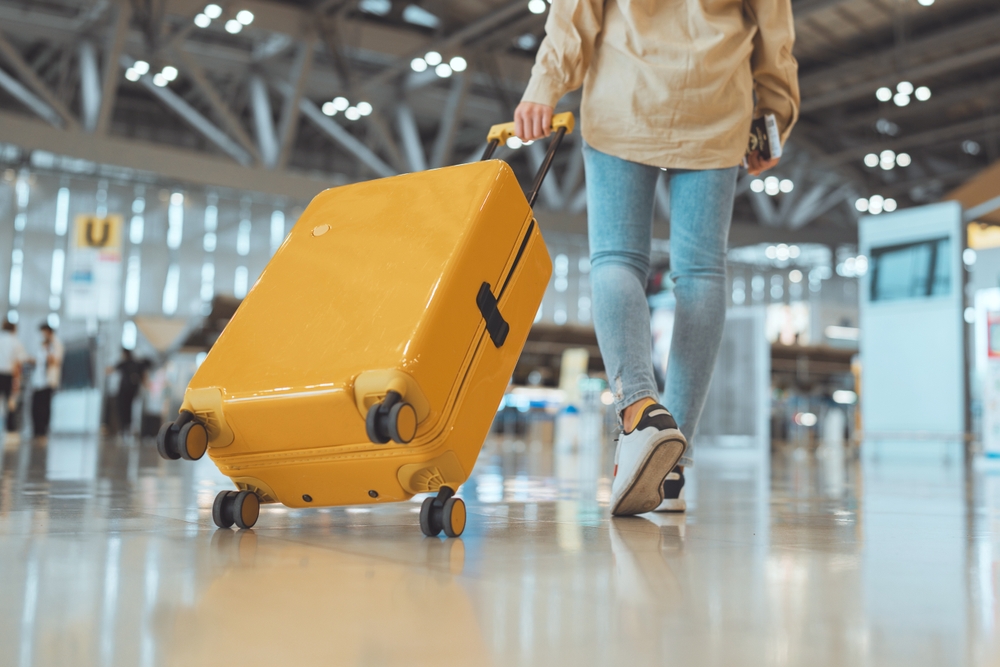
Airport security lines can be unpredictable. During holidays, school breaks, or major events, lines can stretch for over an hour. Arrive at least two hours early for domestic flights and three hours early for international ones. Some airlines require earlier check-ins for baggage. If you arrive late, even a short line could cause you to miss your flight. Buffer time also accounts for delays due to random screenings or bag checks.
Expect Random Checks
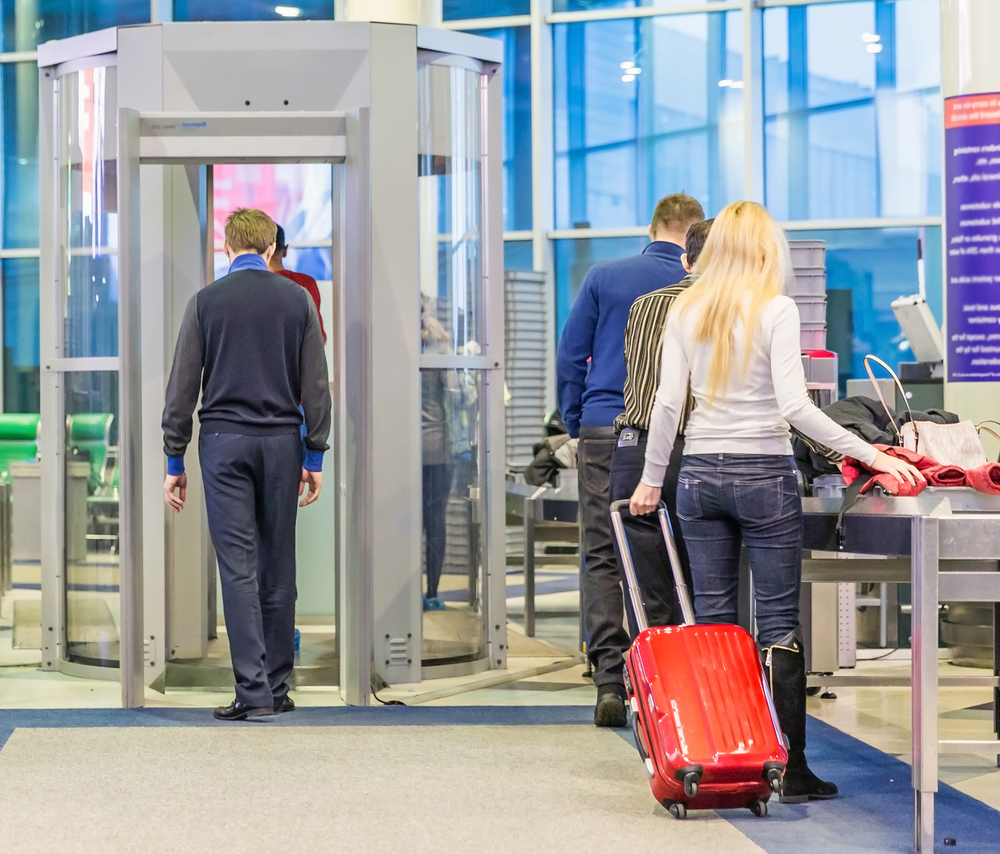
Even if you follow every rule, you might be selected for extra screening. This could be a random hand swab, a pat-down, or a bag inspection. It does not mean you did something wrong. Security systems often use unpredictable patterns to increase safety. Cooperate with agents and follow instructions. Refusing or resisting additional screening can cause you to miss your flight. Being polite and calm usually leads to quicker results.
Avoid Making Jokes or Suspicious Remarks
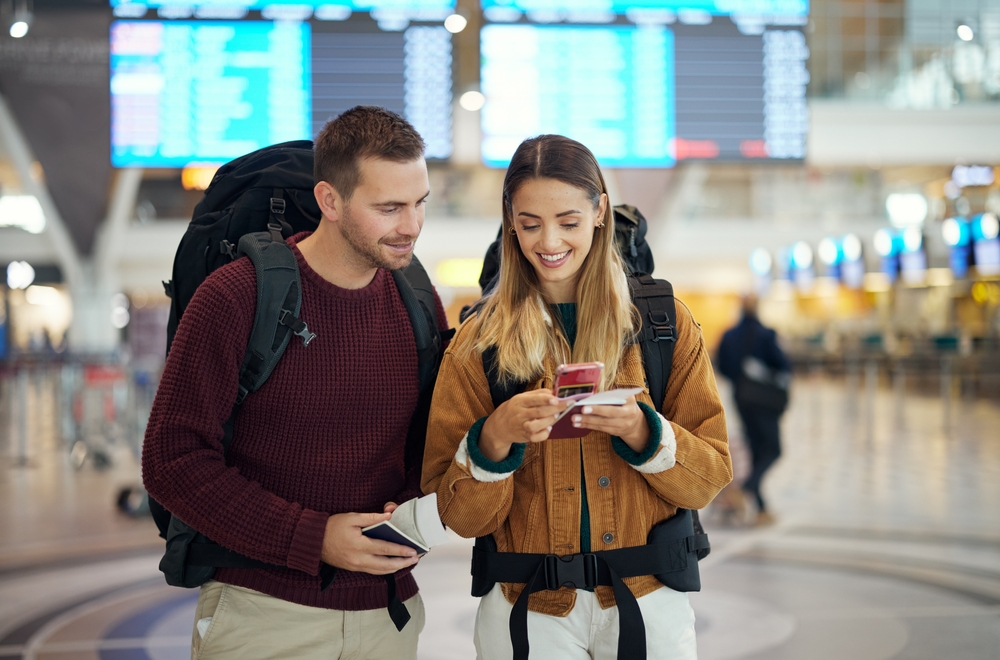
Security staff take threats seriously. Joking about weapons, explosives, or any illegal activity can lead to arrest or questioning. Even sarcastic remarks can trigger alarms and delay your travel. Never attempt to hide items or trick the scanner system. If a mistake happens, calmly explain and let security resolve it. Most travelers who get into serious trouble do so because of their behavior, not what they packed.
Read More: 20 Smart Moves to Make Before Boarding Your Next Flight
Double-Check Travel Restrictions

Some items are banned from flights due to international law, airline policies, or cargo safety. This includes certain chemicals, lighter fluids, and flammable items. There are also restrictions for bringing in plant products, animal products, or souvenirs made from endangered species. If you are flying internationally, check the customs policies of your destination. Some items allowed on the plane may not be legal once you land.
Use the Right Bags
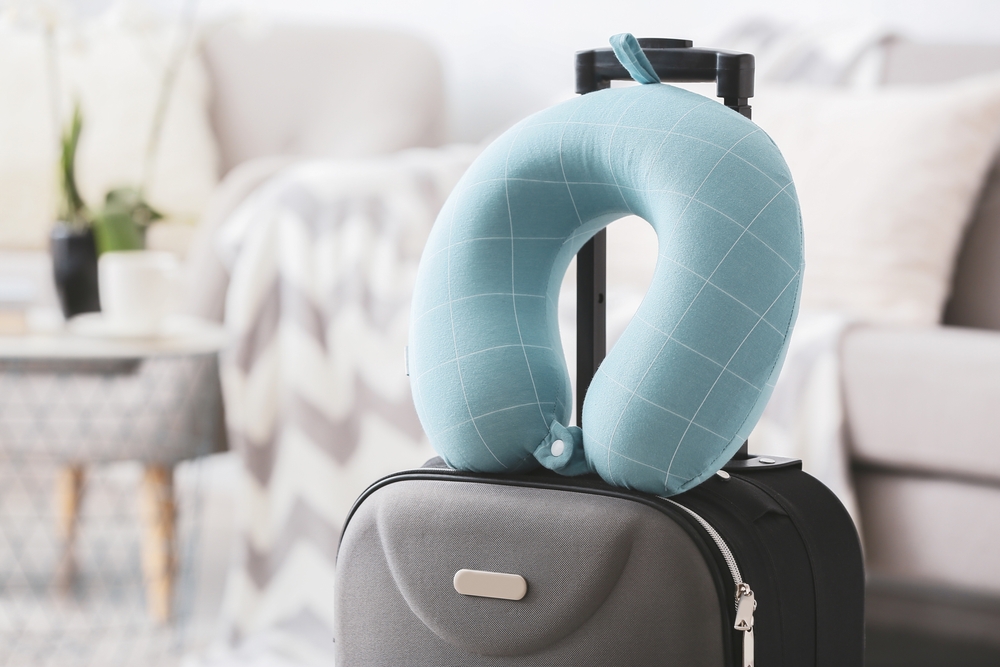
Some bags work better for security checks. Laptops are easier to remove from bags with dedicated compartments. Transparent bags help agents identify liquids faster. Duffels without lots of pockets are quicker to inspect. Avoid stuffing your bag full, as this makes it harder for X-rays to scan. If agents cannot see through your bag clearly, they may need to open and check everything inside.
Stay Informed About Rule Changes

Security policies change based on new threats, seasonal trends, or global events. For example, laptop bans or restrictions on powders have appeared quickly in the past. Subscribe to airline alerts or check airport websites before your trip. If traveling internationally, each country may have different standards. It is your responsibility to stay updated. Ignorance will not prevent delays or penalties.
Final Thoughts on Security and Travel

Air travel security can be frustrating, but it plays a vital role in keeping passengers safe. By understanding the rules, preparing in advance, and cooperating with staff, you can move through checkpoints with minimal stress. It is not just about packing the right way, it is about adopting the right mindset. Patience, awareness, and planning are your best travel companions. Safe flying begins before you even leave the ground.
Read More: Flight Attendant Spills the Beans on the Most Difficult Passengers
Disclaimer: This article was created with AI assistance and edited by a human for accuracy and clarity.
